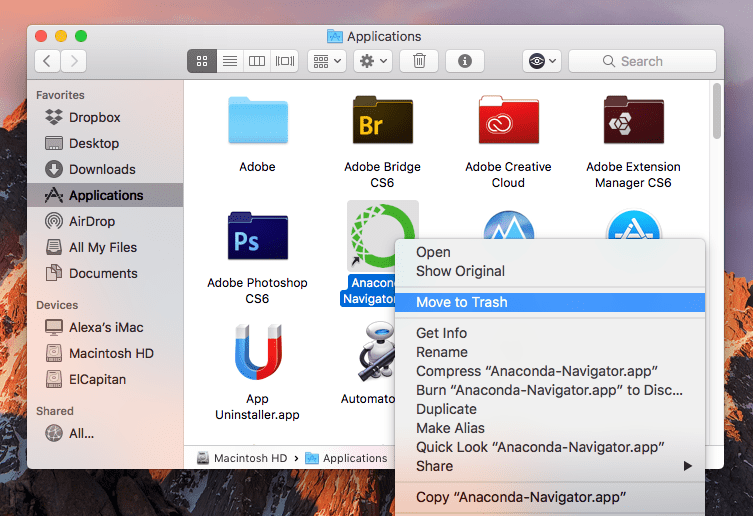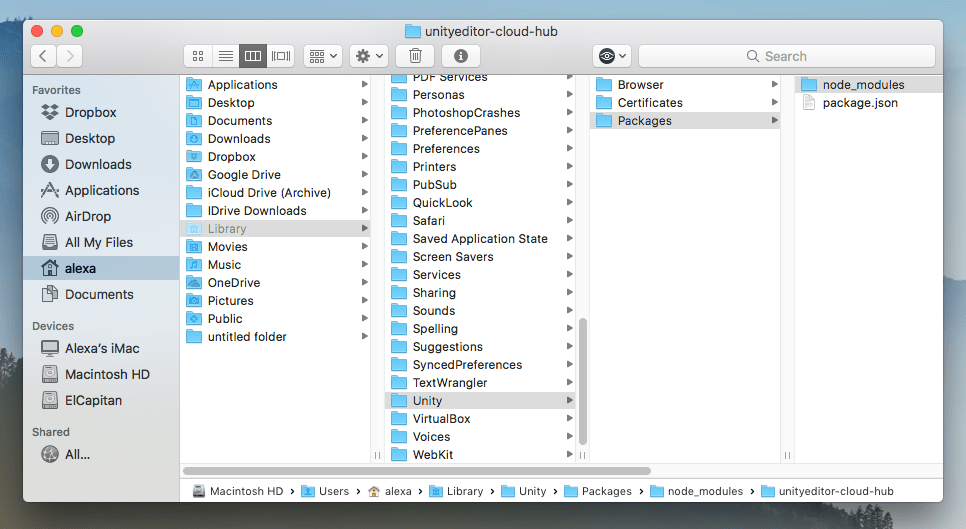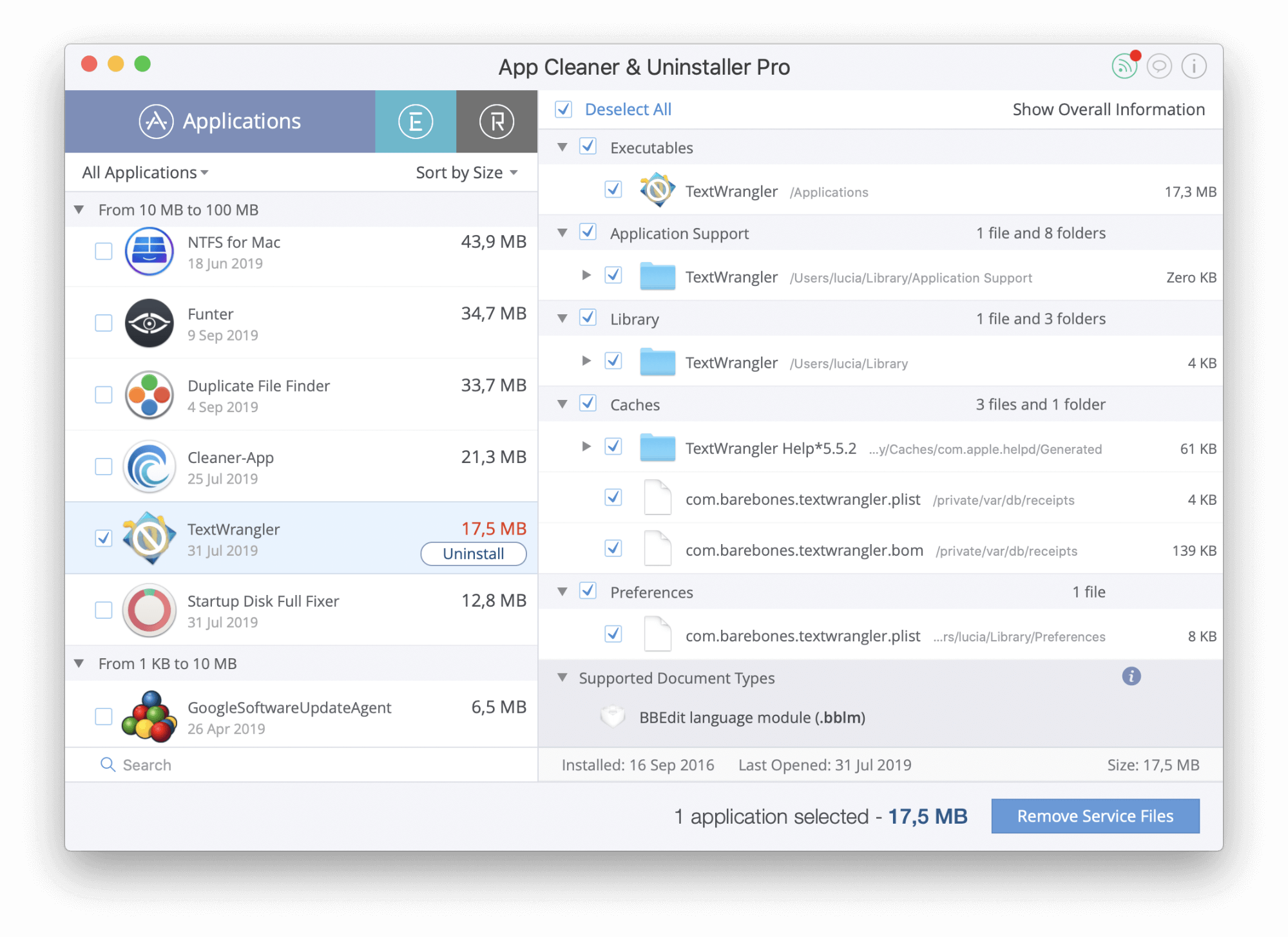
COREDUOTEMP MAC UNINSTAL FULL
Core 2 D Proc.s will SHARE the FULL L2 cache.Įhh who knows what will happen in 2008, and 2009.

Shared L2 Memory Cache - The 1st Core D processors were CRUDE at best in this regard. Desktops are losing ground, Laptops are the future.Ĥ. Why use a clumsy desktop with so much wattage when you can get slightly less performance with much better gains to offset the balance regardless. I would be the FIRST to buy such a laptop. AND mobile MOBO can be fabricated to take advantage of it JUST as fast. FSB, and Battery Life - Comon, lets not fool ourselves Intel can full well come out with a 1066 config for mobiles WHENEVER they want. Plus Vista will take advantage of the extra cores.ģ.

COREDUOTEMP MAC UNINSTAL UPGRADE
I am definately going to wait until next year to upgrade to a new laptop.

Quad-Core 'Santa Rosa' - Another great stride by Intel to boost performance (of course at the expense of battery life (which i might add, shouldnt matter much since most laptop users use the laptop near AC outlets). EVEN when u run 32bit applications on it.Ģ. Especially with the Vista 64bit OS system installed. EM64T enabling - Will DEFINATELY boost and widen the performance gap b/w Core D & Core2 D. " Eventually" we will have processors based on light particles vs electrons but that is "eventually" lets talk about the very near mobile future shall we (1 year).ġ. But today we're here to find out how much faster Core 2 Duo is than Core Duo in notebooks, and if we can expect battery life to change for better or worse. We just recently received MSI's Turion 64 X2 notebook in house and will be working on a separate review of it for those of you curious about the new Turion 64 X2 CPUs. Today's article is a direct comparison between Intel's Core Duo and Core 2 Duo, since we're using the exact same platform for both. To release the CPU all you need is a small flat head screwdriver to unlock the socket: With the heatsink removed, we can take a look at the CPU and GPU: The next step is to remove the heatsink which is shared between the CPU and GPU there are seven screws that have to be removed and ASUS kindly labels the order you should remove them to avoid cracking your CPU's exposed core: Swapping CPUs is easy in the Z96Js, you get access to the memory slots and CPU socket by removing one panel on the bottom of the motherboard (as shown above).
COREDUOTEMP MAC UNINSTAL UPDATE
Since both of our test CPUs were Socket-M processors, all we had to do was get a BIOS update to support Merom and swap the CPUs to compare the two. The motherboard in the Z96Js features Intel's 945PM chipset and a 479-pin Socket-M interface. We installed a 7200RPM Hitachi Travelstar 7K100 (60GB SATA) hard drive in the notebook, but regardless of what we use, 2.5" disk speeds are still nowhere near what's available on today's 3.5" desktop drives. Unfortunately the ASUS notebook doesn't allow adjustment of memory timings so they were left at the SPD defaults of 5-5-5-15. Our test system was outfitted with two 512MB DDR2-667 memory modules. The ASUS Z96Js is outfitted with a 15.4" widescreen display with a 1280 x 800 native resolution, driven by a 256MB ATI Mobility Radeon X1600.

The apples-to-apples comparison starts with two CPUs with identical clock speeds, but is further reinforced by the test platform: a Napa based ASUS notebook. For today's review we compared Intel's Core 2 Duo T7600 (2.33GHz/4MB) to Intel's Core Duo T2600 (2.33GHz/2MB).


 0 kommentar(er)
0 kommentar(er)
